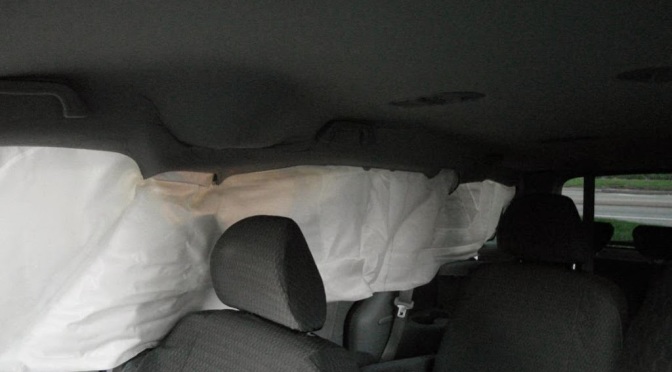 Understanding the physics of car crashes is essential to understanding a number of the things I talk about on this blog, including the forces that impact people and vehicles in collisions. This video from the IIHS is a good primer to some of the physics involved in car crashes.
Understanding the physics of car crashes is essential to understanding a number of the things I talk about on this blog, including the forces that impact people and vehicles in collisions. This video from the IIHS is a good primer to some of the physics involved in car crashes.
For example, inertia, or the tendency of bodies in motion to remain in motion, is discussed and related to why wearing seat belts is always a good idea. Momentum, or mass x velocity, is also discussed, with the example of how an 80,000 lb semi traveling at 2 mph has the same momentum as a 4,000 lb SUV traveling at 40 mph. Impulse, or force multiplied by time, is exemplified by throwing an egg against a solid vs. a pliable surface and observing the results.
We are eggs. We need time to survive our collisions. This is why we have crumple zones, seat belts, and airbags. Watch the video and then look at some of the collisions on the blog; you might see them in a different light. This is why we safely restrain our children in car seats that spread out impact forces, as we want more physics on their side, not less.
—
If you find the information on car safety, recommended car seats, and car seat reviews on this car seat blog helpful, you can shop through this Amazon link for any purchases, car seat-related or not. Canadians can shop through this link for Canadian purchases.
